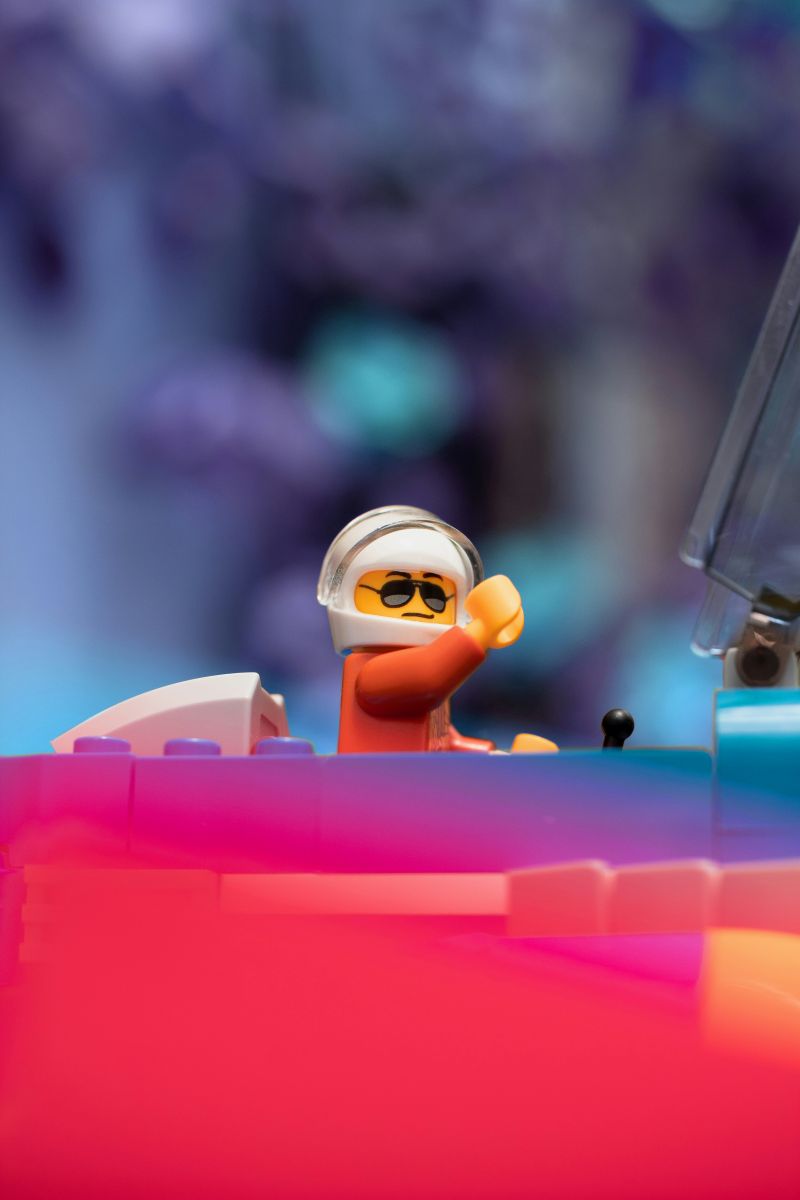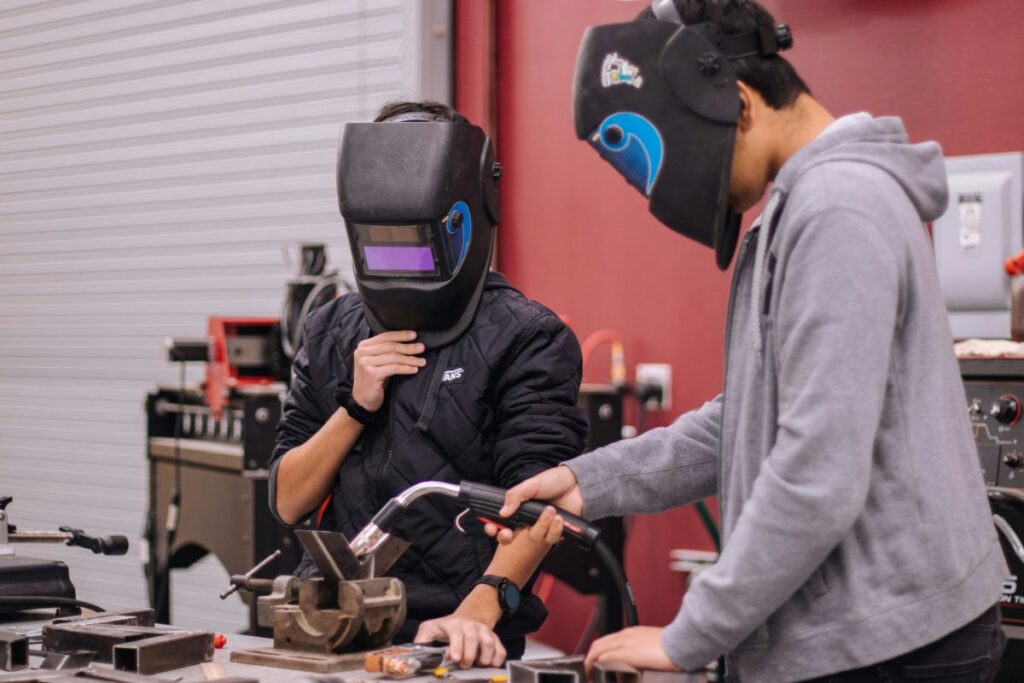By Teresa Janowski, CEO & Founder, STEM Fast Track
 We are standing on the edge of the most transformative period in human history. Science, Technology, Engineering, and Mathematics—better known as STEM—aren’t just fields anymore. They are powerful tools shaping every aspect of our lives: how we work, live, learn, and even how we heal and grow.
We are standing on the edge of the most transformative period in human history. Science, Technology, Engineering, and Mathematics—better known as STEM—aren’t just fields anymore. They are powerful tools shaping every aspect of our lives: how we work, live, learn, and even how we heal and grow.
The possibilities in STEM careers are nearly limitless. Whether your child wants to protect endangered animals, build a sustainable city, create cutting-edge tech, explore the stars, or fight cybercrime, there’s a STEM path that can take them there. And the good news is you don’t need to wait until Year 12 to start preparing.
Let’s explore what the future of STEM looks like and how you, as a parent, can help your child take confident steps today toward an exciting and meaningful career.
What’s possible in STEM?
Gone are the days when a STEM career simply meant becoming an engineer or a scientist in a white coat. Today, STEM blends with every industry:
Space and Aerospace: Think drones, Mars rovers, and satellites the size of shoeboxes.
Health & Medicine: Biomedical engineers are 3D printing organs, while AI is helping diagnose diseases faster than ever.
Environment & Sustainability: Renewable energy, smart farming, and conservation tech are exploding fields.
Cybersecurity: Every business needs protection in a digital age. Ethical hackers and forensic analysts are in high demand.
AI & Robotics: From self-driving cars to robot surgeons, the line between science fiction and science fact is blurring fast.
Creative Industries: STEM + Art (STEAM) careers include virtual reality game design, digital animation, and interactive storytelling.

What do all these careers have in common? They’re dynamic, high-impact, and deeply human. They solve real problems and often require creativity, collaboration, and communication—not just technical skills.
The future of work is not only about technology—it’s about people. The best STEM careers will require empathy, collaboration, ethics, and adaptability. These are qualities you can start nurturing now; around the dinner table, through volunteering, or in faith and community life.
You don’t have to be an engineer or tech genius to support your child’s STEM journey. All it takes is curiosity, courage, and a commitment to help them grow into the kind of adult who doesn’t just fit into the future, but shapes it.
So next time your child builds a weird contraption out of cereal boxes or asks 17 questions before breakfast, smile. You may just be raising the next game-changer.
What can my child do NOW?
As a mentor to thousands of students across Australia and Europe, I’ve seen firsthand what sparks a child’s love for STEM—and more importantly, what helps it grow. Here are my top five strategies for preparing your child for a future in STEM:
Feed their curiosity, not just their grades
STEM thrives on questions, not just answers. If your child loves taking things apart (even if they can’t always put them back together!), don’t scold them—encourage them. If they ask why the sky is blue, why frogs croak at night, or how planes fly, celebrate that curiosity. STEM careers begin with wonder.
Embrace hands-on learning
Whether it’s LEGO building, coding apps, gardening, cooking, or building a go-kart, hands-on projects develop problem-solving skills and confidence. Don’t worry if it’s messy or imperfect. STEM is all about testing, failing, improving, and trying again.
Our programs at STEM Fast Track are designed around this very principle—kids learn best when they’re doing, not just listening.

Encourage resilience and grit
The best STEM minds are not necessarily the smartest—they’re the most persistent. Help your child view failure as feedback, not defeat. Whether they’re coding a broken app or baking a flopped cake, every mistake is a stepping stone to learning.
At our STEM Sista™ and STEM Mista™ programs, we focus as much on mindset as we do on skills. Confidence, resilience, and belief in their own potential? Game-changers.
Expose them to real role models
You can’t be what you can’t see. Invite engineers, scientists, or even tradies who use technology to talk to your child. Visit science museums. Watch documentaries like The Mars Generation or The Inventor: Out for Blood in Silicon Valley. Enrol them in holiday programs or mentorships that connect them with real-world STEM leaders.
Girls especially need to see diverse, capable, relatable women thriving in STEM careers. It normalises success and broadens belief in what’s possible.
Foster digital literacy—but with purpose
It’s not about banning screens—it’s about using them wisely. Encourage your child to explore apps that teach coding (like Tynker or Scratch), or design thinking tools like Canva. Let them build games, edit videos, or learn how websites work. These are real-world, bankable skills.






